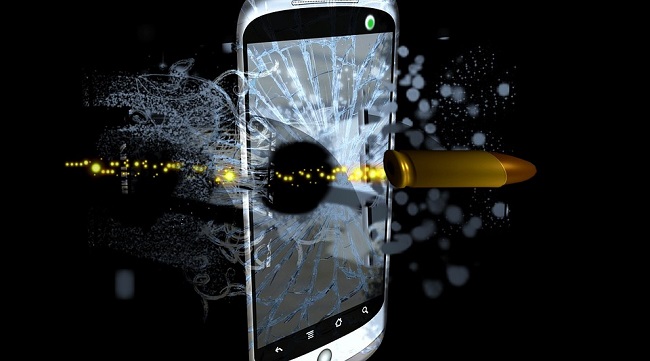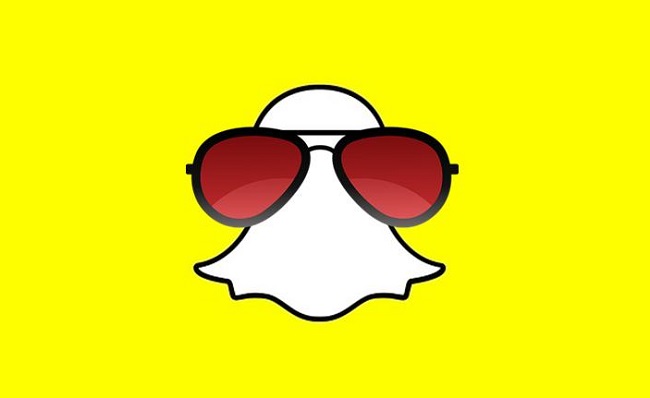Scientists have come up with a new technology that may make dropping your smartphone far less upsetting.
Scientists in the United Kingdom have announced that they have come up with a technology for an unbreakable phone screen. The tech involves the use of a special form of electrode. It would be possible to use it in mobile devices such as smartphones and tablets, or even in larger electronics such as TVs.
The team of scientists has predicted that the unbreakable screens could be available as soon as 2018.
The electrode for the unbreakable phone screen technology conducts electricity throughout the glass. A traditional form of electrode is made of indium tin oxide (ITO), which is an expensive type of metal. In fact, it is prohibitively expensive and has stopped that method from being used for more durable mobile phone screens until now. However, the UK scientist have made a new type of electrode by mixing graphene and silver nanowires.
These two materials were the key to being able to create the unbreakable phone screen display.
 The silver nanowires are exceptionally tiny, at 1/10,000 the width of a human hair. And yet, they’re still much larger than graphene. The thinness of these materials has made it possible for an exceptionally flexible conductor which is far more resistant to breaking and cracking than the current standard glass screens.
The silver nanowires are exceptionally tiny, at 1/10,000 the width of a human hair. And yet, they’re still much larger than graphene. The thinness of these materials has made it possible for an exceptionally flexible conductor which is far more resistant to breaking and cracking than the current standard glass screens.
When taking into consideration the number of people who break their smartphone screens, this is very good news. After all, a cracked screen isn’t just an inconvenience. In fact, inconvenience is only the beginning. Touchscreens as a standard on nearly all smartphones have meant that cracked screens can limit the use of the device or can render it unusable.
The unbreakable phone screen technology was created by a team of University of Sussex physicists who were working with an Oxford microelectrics firm. They developed these unique hybrid electrodes and published their findings in the Nanoscale journal. According to that publication, this is also an important discovery because the graphene and silver nanowire combination is actually better at conducting electricity than the older electrodes made out of the expensive ITO metal.

 Moreover, this would not be Snapchat’s first foray into the world of augmented reality technology. It has already added a spectrum of new filters – called Lenses – within its mobile app.
Moreover, this would not be Snapchat’s first foray into the world of augmented reality technology. It has already added a spectrum of new filters – called Lenses – within its mobile app.